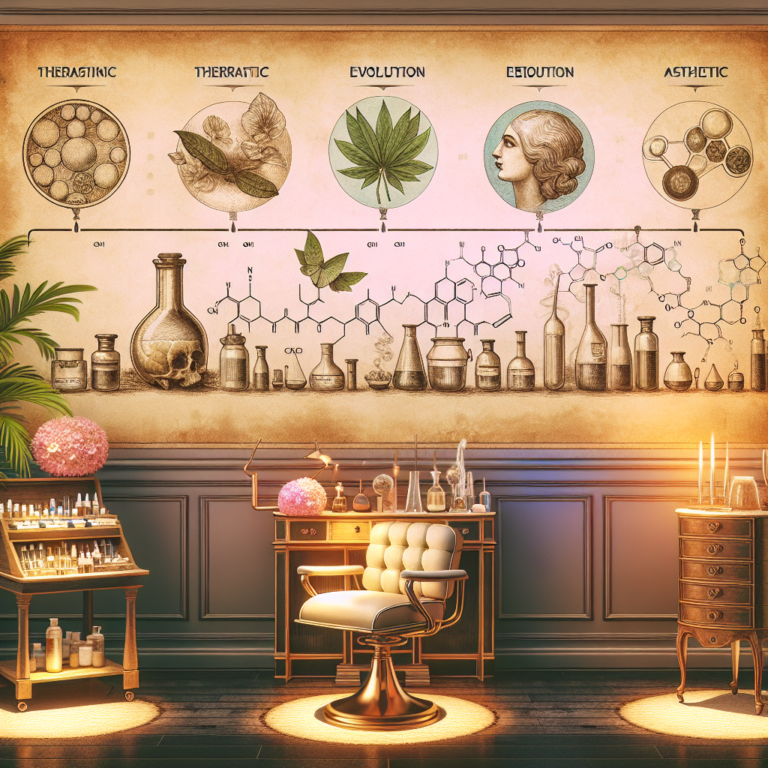In the ever-evolving world of beauty and medicine, few substances have undergone such a remarkable transformation as botulinum toxin, commonly known as Botox. Initially sought after for its therapeutic applications, Botox has ascended to become a global icon in aesthetic enhancement. This article explores the fascinating journey of Botox, tracing its origins, therapeutic uses, and eventual rise as a staple in cosmetic procedures.
The Origins: A Historical Perspective
Botulinum toxin is derived from the bacterium Clostridium botulinum, which produces one of the most potent neurotoxins known to humankind. While it may seem counterintuitive, the story of Botox begins with its potential to treat serious medical conditions. The bacterium was first discovered in the late 19th century, with the toxin gaining notoriety for its lethal effects in improperly canned food. However, it wasn’t until the 1970s that researchers began to explore its therapeutic potential.
Dr. Alan Scott, an ophthalmologist, was a pioneer in this field. He initially used botulinum toxin type A (the form that would later become known as Botox) to treat strabismus, a condition characterized by misaligned eyes. His successful trials paved the way for further investigations into the toxin’s uses, leading to U.S. Food and Drug Administration (FDA) approval in 1989 for the treatment of strabismus and blepharospasm (involuntary blinking).
Therapeutic Expansion: Beyond Cosmetics
The therapeutic applications of Botox quickly expanded throughout the 1990s and early 2000s. Physicians began using it to treat various conditions, including chronic migraines, excessive sweating (hyperhidrosis), and muscle spasticity. The FDA granted approval for these uses, significantly increasing the profile of Botox within the medical community.
For instance, in 2002, the FDA approved Botox for cosmetic treatment, specifically for reducing the appearance of glabellar lines, which are vertical frown lines between the eyebrows. This marked a turning point in its journey, as the medication began to be recognized not just for its therapeutic benefits but also for its cosmetic potential.
The Aesthetic Revolution
As the aesthetic applications of Botox gained popularity, the landscape of cosmetic procedures shifted dramatically. Patients who might have previously opted for invasive surgical procedures began to seek non-surgical solutions that offered natural-looking results with minimal downtime. Botox quickly became the go-to option, celebrated for its ability to smooth out wrinkles and expression lines with a simple injection.
The rise of social media in the 2000s further fueled the demand for injectable treatments, as public figures and influencers began to openly share their cosmetic enhancements. The term "Botox" became synonymous with youth and beauty, cementing its status in popular culture. This change in perception also helped to destigmatize cosmetic procedures, making them more accessible to a wider audience.
The Science Behind the Magic
At its core, Botox works by temporarily blocking nerve signals to the muscles in which it is injected. This causes the targeted muscles to relax, reducing the appearance of wrinkles and fine lines. The effects typically last three to six months, prompting many individuals to return for repeat treatments.
Advancements in technology and research have also led to the development of newer formulations and techniques in the administration of Botox. Medical professionals now tailor their approach based on individual patient needs, enhancing results while minimizing risks and side effects. Moreover, the emergence of combination therapies, where Botox is used alongside other treatments like dermal fillers, has revolutionized facial aesthetic practices.
The Future of Botox: Challenges and Innovations
While Botox’s rise to fame has been remarkable, it faces challenges that warrant attention. Increasing competition from other neurotoxins and cosmetic treatments has also emerged, offering patients more choices than ever. Additionally, concerns about safety, efficacy, and potential misuse remain prevalent in public discourse.
The future of Botox lies in continued research and innovation. Ongoing studies explore new therapeutic applications, including potential uses for depression, gastroesophageal reflux disease (GERD), and other conditions. Furthermore, as aesthetic preferences evolve, the industry is shifting towards a more holistic approach to beauty, emphasizing natural results and wellness.
Conclusion
From its dubious origins as a deadly toxin to its place as an integral part of modern aesthetics, Botox has traversed a journey filled with scientific discovery, cultural change, and transformative applications. Today, it stands not just as a cosmetic intervention, but as a testament to the power of innovation in medicine and beauty. As Botox continues to evolve, it is likely that its journey is far from over, promising exciting developments both therapeutically and aesthetically in the years to come.


